Tomato paste and sauce are popular condiments made from ripe tomatoes that have been cooked down and concentrated. Both tomato paste and sauce are staple ingredients in many cuisines around the world, adding flavor, texture, and richness to a wide variety of dishes. While they are similar in some ways, tomato paste and sauce have distinct differences in terms of their preparation, consistency, and culinary uses. Tomato paste is made by cooking tomato pulp to remove the liquid content, resulting in a thick and concentrated product. The remaining pulp is strained to remove the seeds and skins, leaving behind a smooth and intense tomato flavor. Tomato paste typically has a deep red color and a dense texture, making it ideal for adding a concentrated tomato flavor to dishes. It is often used as a base for sauces, soups, stews, and marinades. Tomato sauce, on the other hand, is made by cooking tomatoes along with other ingredients such as onions, garlic, herbs, and spices. The mixture is then blended or strained to create a smooth and pourable sauce. Tomato sauce has a slightly thinner consistency compared to tomato paste and a well-balanced flavor profile. It can be used as a standalone sauce, drizzled over pasta, pizza, or other dishes, or as a base ingredient in various recipes. One of the main differences between tomato paste and sauce is their intensity of flavor. Tomato paste contains a highly concentrated tomato flavor and has a more intense and robust taste compared to tomato sauce. Due to its concentrated nature, tomato paste is often used in small quantities to enhance the flavor of dishes, while tomato sauce is used in larger quantities to provide a milder tomato taste. The culinary uses of tomato paste and sauce also differ. Tomato paste is commonly used as a flavor enhancer and a foundation for building complex sauces and dishes. Its thick texture and concentrated flavor make it suitable for recipes that require prolonged cooking or reduction, as it adds depth and richness to the final dish. Tomato paste is widely used in Italian cuisine, particularly in pasta dishes like spaghetti bolognese and lasagna. Tomato sauce, on the other hand, is a versatile ingredient that can be used in a variety of ways. It is the primary ingredient in popular dishes like marinara sauce, pizza sauce, and ketchup. Tomato sauce is often used as a base for various sauces, gravies, and soups. It can also be used as a topping for pizzas, a dip for appetizers, or as a condiment for burgers and sandwiches. In terms of nutritional value, both tomato paste and sauce offer several health benefits. Tomatoes are rich in antioxidants, including lycopene, which is known for its potential to reduce the risk of certain types of cancer. Tomato paste, being more concentrated, contains higher levels of lycopene compared to tomato sauce. However, both tomato paste and sauce are generally low in calories and fat, making them a healthy choice for adding flavor to meals.
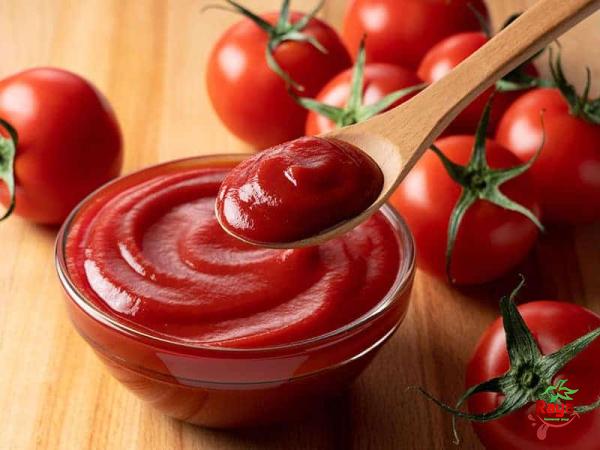
tomato paste
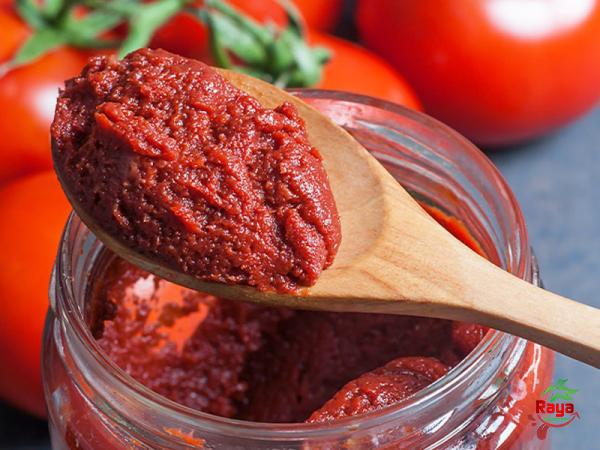 When it comes to storage, tomato paste typically comes in small cans or tubes and has a longer shelf life compared to tomato sauce. Tomato paste can be stored in the refrigerator for several months or even up to a year, while tomato sauce, once opened, should be consumed within a few days or properly preserved in the refrigerator or freezer. In conclusion, tomato paste and sauce are essential ingredients in the culinary world, prized for their flavor and versatility. Tomato paste offers a concentrated tomato taste and is commonly used as a flavor enhancer or base ingredient in various recipes, while tomato sauce has a milder flavor and is used as a standalone sauce or as the base for many popular dishes. Whether you prefer the intense flavor of tomato paste or the versatility of tomato sauce, these tomato-based condiments are sure to elevate your cooking and enhance the taste of your favorite dishes.Title: Tomato Paste and Sauce: A Thriving Business Opportunity Introduction: The market for tomato paste and sauce has been experiencing steady growth over the years, driven by the growing demand for convenient and ready-to-use ingredients in cooking. As consumers’ culinary tastes become more adventurous, the need for flavorful and versatile condiments like tomato paste and sauce has increased. This article will explore the business aspects of the tomato paste and sauce industry, including market trends, key players, growth opportunities, and challenges. 1. Market Overview: The global market for tomato paste and sauce is estimated to reach a value of USD XX billion by 2025, with a compound annual growth rate (CAGR) of XX% during the forecast period. The rising popularity of Italian and Mediterranean cuisines, as well as the growing preference for natural and healthy ingredients, are major factors driving market growth.
When it comes to storage, tomato paste typically comes in small cans or tubes and has a longer shelf life compared to tomato sauce. Tomato paste can be stored in the refrigerator for several months or even up to a year, while tomato sauce, once opened, should be consumed within a few days or properly preserved in the refrigerator or freezer. In conclusion, tomato paste and sauce are essential ingredients in the culinary world, prized for their flavor and versatility. Tomato paste offers a concentrated tomato taste and is commonly used as a flavor enhancer or base ingredient in various recipes, while tomato sauce has a milder flavor and is used as a standalone sauce or as the base for many popular dishes. Whether you prefer the intense flavor of tomato paste or the versatility of tomato sauce, these tomato-based condiments are sure to elevate your cooking and enhance the taste of your favorite dishes.Title: Tomato Paste and Sauce: A Thriving Business Opportunity Introduction: The market for tomato paste and sauce has been experiencing steady growth over the years, driven by the growing demand for convenient and ready-to-use ingredients in cooking. As consumers’ culinary tastes become more adventurous, the need for flavorful and versatile condiments like tomato paste and sauce has increased. This article will explore the business aspects of the tomato paste and sauce industry, including market trends, key players, growth opportunities, and challenges. 1. Market Overview: The global market for tomato paste and sauce is estimated to reach a value of USD XX billion by 2025, with a compound annual growth rate (CAGR) of XX% during the forecast period. The rising popularity of Italian and Mediterranean cuisines, as well as the growing preference for natural and healthy ingredients, are major factors driving market growth.
Specifications of tomato paste
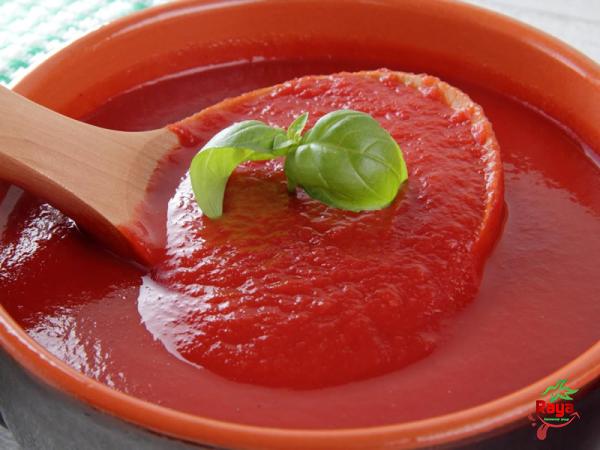 2. Key Players: Several key players dominate the tomato paste and sauce industry, including Nestlé S.A, The Kraft Heinz Company, ConAgra Brands Inc., Del Monte Foods Inc., and Mutti S.p.A. These companies have a strong presence in the market and offer a wide range of products to cater to different consumer preferences. 3. Product Differentiation: Differentiating your tomato paste and sauce products from competitors is crucial for success in the market. One way to stand out is by offering organic or all-natural options, as consumers increasingly prioritize healthy and sustainable choices. Additionally, developing unique flavors, such as roasted garlic or spicy chili, can attract consumers looking for variety. 4. Packaging and Labeling: Eye-catching packaging and clear labeling are essential for attracting consumer attention and conveying the quality of your products. Using high-quality materials and including product information, nutritional facts, and certifications can help build consumer trust and loyalty. Consider using innovative packaging solutions, such as squeeze tubes or resealable pouches, for added convenience. 5. Distribution Channels: To effectively reach consumers, it’s crucial to identify the most efficient distribution channels. Traditional retail outlets like supermarkets and grocery stores remain key distribution channels for tomato paste and sauce. However, e-commerce platforms and online grocery delivery services have gained significant traction, providing convenient access to a larger customer base. 6. Export Opportunities: The tomato paste and sauce market offer great export potential, especially in regions with a high demand for these products but limited domestic production capacities. Developing strong partnerships with international distributors or establishing direct export channels can help tap into these lucrative opportunities.
2. Key Players: Several key players dominate the tomato paste and sauce industry, including Nestlé S.A, The Kraft Heinz Company, ConAgra Brands Inc., Del Monte Foods Inc., and Mutti S.p.A. These companies have a strong presence in the market and offer a wide range of products to cater to different consumer preferences. 3. Product Differentiation: Differentiating your tomato paste and sauce products from competitors is crucial for success in the market. One way to stand out is by offering organic or all-natural options, as consumers increasingly prioritize healthy and sustainable choices. Additionally, developing unique flavors, such as roasted garlic or spicy chili, can attract consumers looking for variety. 4. Packaging and Labeling: Eye-catching packaging and clear labeling are essential for attracting consumer attention and conveying the quality of your products. Using high-quality materials and including product information, nutritional facts, and certifications can help build consumer trust and loyalty. Consider using innovative packaging solutions, such as squeeze tubes or resealable pouches, for added convenience. 5. Distribution Channels: To effectively reach consumers, it’s crucial to identify the most efficient distribution channels. Traditional retail outlets like supermarkets and grocery stores remain key distribution channels for tomato paste and sauce. However, e-commerce platforms and online grocery delivery services have gained significant traction, providing convenient access to a larger customer base. 6. Export Opportunities: The tomato paste and sauce market offer great export potential, especially in regions with a high demand for these products but limited domestic production capacities. Developing strong partnerships with international distributors or establishing direct export channels can help tap into these lucrative opportunities.
buy tomato paste
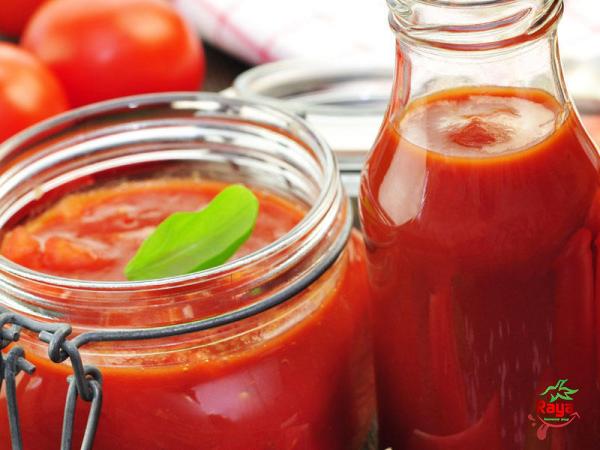 7. Health and Wellness Trends: Today’s consumers are increasingly health-conscious, seeking products that offer nutritional benefits. Positioning your tomato paste and sauce products as low-sodium, low-sugar, and preservative-free can attract health-conscious consumers. Additionally, promoting the high lycopene content and antioxidant properties of tomatoes can further enhance the perceived health benefits of your products. 8. Foodservice Industry: The foodservice industry, including restaurants, hotels, and catering services, presents significant opportunities for tomato paste and sauce suppliers. The foodservice sector requires bulk quantities of these products for use in various recipes and menu offerings. Developing strong relationships with foodservice providers can lead to consistent and large-volume sales. 9. Product Innovation: Continuous product innovation is key to remaining competitive in the tomato paste and sauce market. Experimenting with new flavors, introducing organic or specialty blends, and offering convenient packaging options can attract a broader consumer base and create a unique selling proposition. 10. Quality Control and Food Safety: Maintaining high-quality standards and implementing rigorous food safety practices are vital in the tomato paste and sauce industry. Regular testing for contaminants and adherence to quality control protocols, including certifications like ISO 22000 or HACCP, help build consumer trust and ensure compliance with regulatory requirements. 11. Sustainability Practices: As sustainability becomes increasingly important to consumers, adopting environmentally friendly practices can enhance your brand reputation. Consider sourcing tomatoes from sustainable farms, using energy-efficient production methods, and employing eco-friendly packaging materials to demonstrate your commitment to sustainability. 12. Emerging Market Trends: Staying updated with emerging market trends is crucial for business success. Some current trends in the tomato paste and sauce industry include the rise of gourmet or artisanal products, an increased focus on premium packaging designs, and the integration of technology, such as QR codes, for product traceability and transparency. Conclusion: The tomato paste and sauce industry present a wealth of business opportunities for entrepreneurs looking to capitalize on the growing demand for flavorful and versatile condiments. By leveraging market trends, differentiating products, and focusing on quality, innovation, and sustainability, businesses can thrive in this competitive marketplace. Embracing the evolving needs of health-conscious consumers and exploring export markets can further contribute to long-term success and growth in the tomato paste and sauce industry.
7. Health and Wellness Trends: Today’s consumers are increasingly health-conscious, seeking products that offer nutritional benefits. Positioning your tomato paste and sauce products as low-sodium, low-sugar, and preservative-free can attract health-conscious consumers. Additionally, promoting the high lycopene content and antioxidant properties of tomatoes can further enhance the perceived health benefits of your products. 8. Foodservice Industry: The foodservice industry, including restaurants, hotels, and catering services, presents significant opportunities for tomato paste and sauce suppliers. The foodservice sector requires bulk quantities of these products for use in various recipes and menu offerings. Developing strong relationships with foodservice providers can lead to consistent and large-volume sales. 9. Product Innovation: Continuous product innovation is key to remaining competitive in the tomato paste and sauce market. Experimenting with new flavors, introducing organic or specialty blends, and offering convenient packaging options can attract a broader consumer base and create a unique selling proposition. 10. Quality Control and Food Safety: Maintaining high-quality standards and implementing rigorous food safety practices are vital in the tomato paste and sauce industry. Regular testing for contaminants and adherence to quality control protocols, including certifications like ISO 22000 or HACCP, help build consumer trust and ensure compliance with regulatory requirements. 11. Sustainability Practices: As sustainability becomes increasingly important to consumers, adopting environmentally friendly practices can enhance your brand reputation. Consider sourcing tomatoes from sustainable farms, using energy-efficient production methods, and employing eco-friendly packaging materials to demonstrate your commitment to sustainability. 12. Emerging Market Trends: Staying updated with emerging market trends is crucial for business success. Some current trends in the tomato paste and sauce industry include the rise of gourmet or artisanal products, an increased focus on premium packaging designs, and the integration of technology, such as QR codes, for product traceability and transparency. Conclusion: The tomato paste and sauce industry present a wealth of business opportunities for entrepreneurs looking to capitalize on the growing demand for flavorful and versatile condiments. By leveraging market trends, differentiating products, and focusing on quality, innovation, and sustainability, businesses can thrive in this competitive marketplace. Embracing the evolving needs of health-conscious consumers and exploring export markets can further contribute to long-term success and growth in the tomato paste and sauce industry.

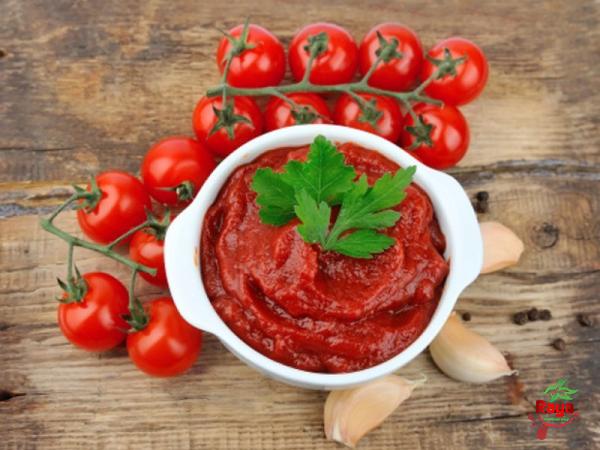

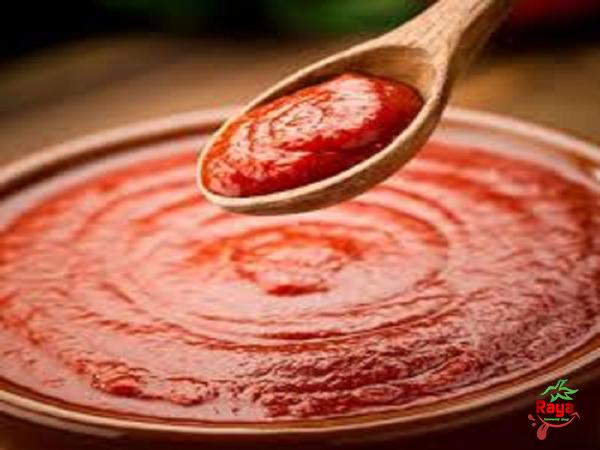

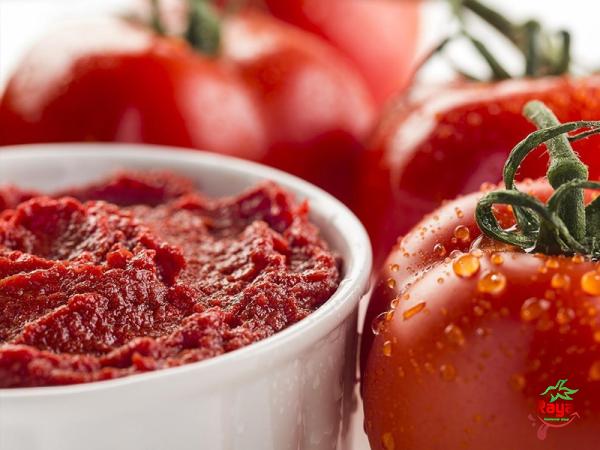
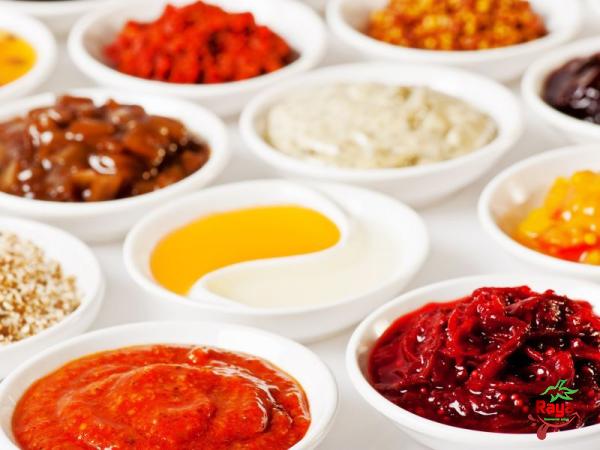

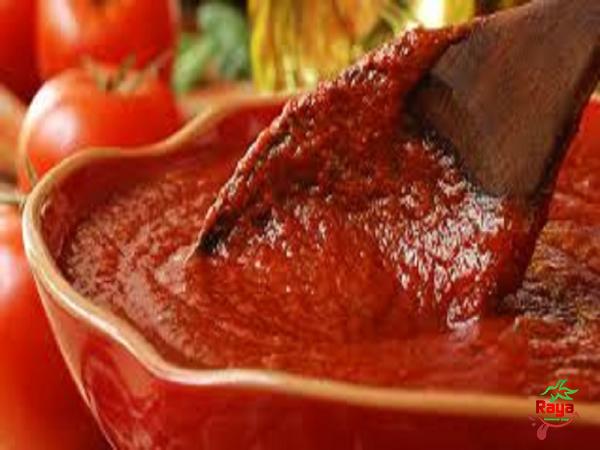
Your comment submitted.